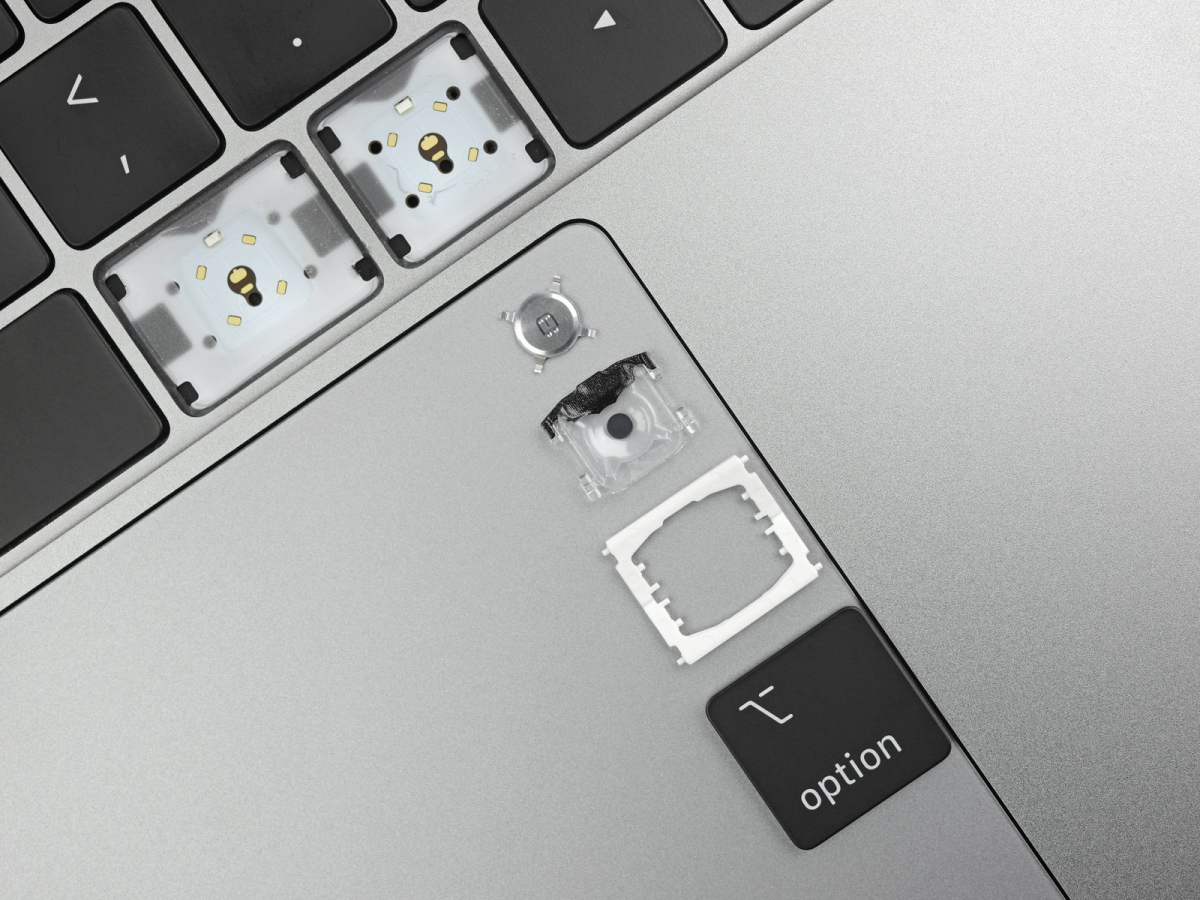7 Apple products no one wants to remember
Innovative high-end products: That’s what Apple stands for and with this reputation it has made the company the largest tech company in the world. The apple is no longer a status symbol, but has found its place in the crowd. In Germany, every third person now owns an iPhone.
As far as Apple goes, everything seems to be going well. Even before the company launches a new product, it is sold out. That was by no means always the case: on the wave of success, the tech giant has had the wind taken out of its sails at one time or another. Some Apple products have really flopped. But they also delivered innovations for products that Apple users love today.
The Apple Newton is one of those products. A portable computer that fits in your pocket – the original iPhone, so to speak. The Newton Message Pad was a first version of a “personal digital assistant” (PDA) like this American gadget blog Gizmodo reports. Equipped with a touchscreen that could be operated with a plastic pen and with practical features such as a calendar, pocket calculator and handwriting recognition, which was still very poor at the time, the Newton came onto the market in 1993.
Steve Jobs is said to have been a major opponent of the Newton and a reason why the series was withdrawn from the market a few years later. The biggest challenge Apple faced when designing the Newton was finding a chip that didn’t draw too much power or get too hot. At the time, the British company Acorn had the solution. To date, chips based on the ARM system are at the heart of more than 160 billion devices, including the latest Macs.
Small, round and quite impractical – Apple’s attempt to establish the first Apple USB computer mouse on the market in 1998 failed due to the device’s questionable design. The shape was reminiscent of a hockey puck, which quickly gave the Apple mouse its unofficial name. Its unergonomic design made many Apple fans suspicious. Apple’s attempt at a recognizable computer mouse backfired. After two years on the market, the mouse returned to its home.
Take a look at Apple’s biggest product flops in our picture gallery
Another failure was Apple’s attempt to enter the gaming market. The short history of the Apple Pippin begins in 1996. Together with the then leading game developer Bandai, Apple developed the Pippin game console. The idea: a cheap Mac for gaming. Despite some innovative features, the console flopped. It was simply too expensive and Sony, Sega and Nintendo were already established on the market. After just 15 months, the Apple Pippin was discontinued – shortly after Steve Jobs returned to Apple.
Another Apple product that failed because of price was the Twentieth Anniversary Macintosh (TAM). Equipped with the latest technology at the time, the TAM, unlike most Apple products, was a luxury item and never intended for the general public. The device was released on the occasion of the 20th birthday of the Apple computer, as reported by PC World. The TAM was supposed to be an all-in-one device and thus one of the first multimedia devices. Computer, TV and radio in one: In March 1997, the TAM was definitely a dream device – if it hadn’t been for the whopping price of 7,500 US dollars.
Editor’s Recommendations
Once upon a time on the World Wide Web… Apple tried its hand at a social network – unsuccessfully. Social media meets music – that was the idea behind Ping. As part of iTunes, Ping should bring musicians and listeners closer together. Steve Jobs described the network on release as a “sort of like Facebook and Twitter meet iTunes”:
A few hours after the release, Ping seemed promising: the network recorded one million users in the first 48 hours. After the initial high, however, the doldrums quickly followed and Ping ultimately failed because it was no more than any other network with a thematic focus.
Apple’s most recent product misstep is the Airpower Qi charging mat, announced in 2017, which never made it to market. iPhone, Apple Watch and Airpods owners should have used the device to charge their devices wirelessly. But Apple had problems during development: the Airpower charging mat got too hot. In 2019, Apple had to declare the project a failure, t3n reported.
Editor’s Recommendations
With the twelve-inch MacBook from 2015, another recent Apple fail found its way onto the market: the so-called Butterfly keyboard. In order to be able to reduce the size of the MacBook, Apple had to develop a new keyboard concept, such as Business Insider reported.
Compared to the classic scissor keyboard, the butterfly keyboard can be much flatter. However, the innovation was far from perfect. Typing on the flat keyboard took some getting used to, and it was extremely prone to dust. Despite the criticism, Apple stuck with the butterfly keyboard and has now installed an optimized version of the keyboard in its current Macbooks.
Apple’s product failures show that even a trillion dollar company does not grow without setbacks. Although some products failed due to poor implementation, they were still innovative – albeit sometimes too much of a good thing.


